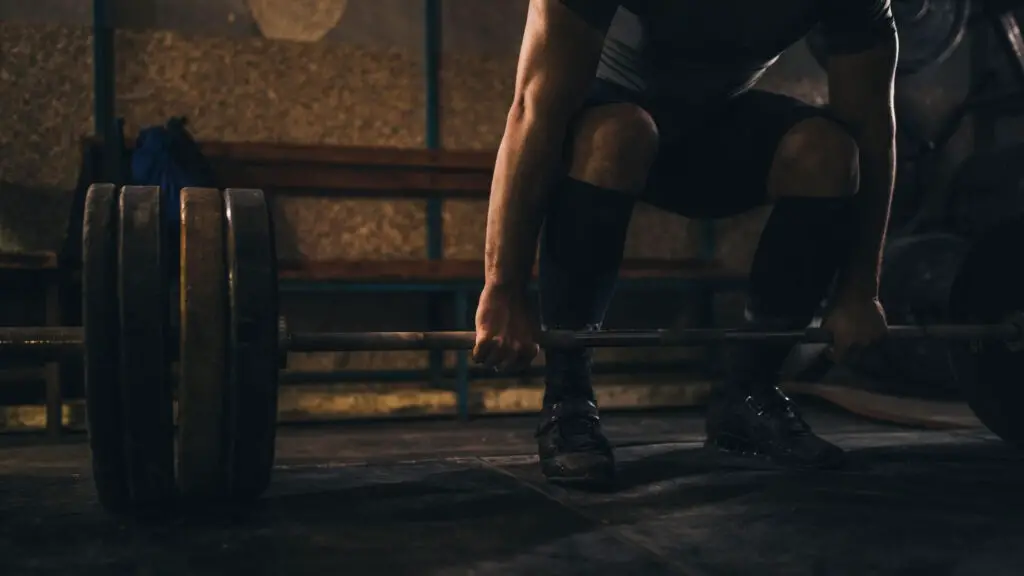The deadlift is a cornerstone of strength training, but have you ever paused to wonder why it’s called the deadlift? The name might sound a bit daunting, but it’s rooted in a simple concept. Let’s explore the history and reasoning behind this iconic lift’s name.
What’s in a Name?
The term “deadlift” is pretty descriptive once you break it down. The “dead” part refers to lifting the weight from a dead stop—meaning the weight is completely stationary on the ground before you start the lift. Unlike other lifts where the movement begins with momentum, the deadlift starts from a position of no movement at all. You’re lifting dead weight, purely relying on your strength to move it from the ground to an upright position.

Historical Roots
The roots of the deadlift stretch back to the days of ancient physical culture, where lifting heavy objects was a common test of strength. In these early times, warriors and laborers often had to lift stones, logs, and other heavy items from the ground. From construction to warfare, the ability to lift and carry heavy loads has been a prized skill throughout history.
In ancient Greece, for example, athletes would participate in events such as the Halteres, which involved lifting and carrying heavy stones. The ancient Egyptians, too, held competitions in which participants would lift heavy bags of sand.
Fast forward to the 19th century, and we see the rise of strongmen like Hermann Görner, who popularized the deadlift in strength competitions. These early strongmen performed impressive feats of lifting heavy weights from the ground, showcasing raw power and technique. The deadlift, as we know it, began to take shape during this period.
The Modern Deadlift
In the early 20th century, the deadlift was further refined and became a staple exercise in strength training and powerlifting. It was standardized as one of the three main lifts in powerlifting competitions, alongside the squat and bench press. The name “deadlift” stuck because it perfectly described the nature of the lift: picking up a dead weight from the ground.
Mechanics of the Deadlift
Understanding why it’s called the deadlift also involves a quick look at how it’s performed. Here’s a simple breakdown:
1. Starting Position: The barbell rests on the ground, completely still.
2. Grip and Stance: You stand with your feet shoulder-width apart, bend down, and grip the bar.
3. The Lift: Keeping your back straight, you drive through your legs and hips to lift the bar to a standing position.
This initial lift from a dead stop is what sets the deadlift apart from other lifts, highlighting its demand for pure, unassisted strength.
Why the Deadlift Is So Popular
The deadlift’s popularity stems from its effectiveness in building strength and muscle. It engages multiple muscle groups, including the legs, back, and core, making it one of the best exercises for overall strength development. Additionally, its simplicity—requiring just a barbell and weights—makes it accessible to anyone with a desire to get stronger.
Conclusion
The deadlift’s name might sound intimidating, but it’s actually a straightforward description of the lift itself. Lifting a dead weight from the ground is a fundamental test of strength that has been around for centuries. Whether you’re a seasoned lifter or just starting out, understanding the history and mechanics of the deadlift can enhance your appreciation for this powerful exercise. So next time you step up to the barbell, remember: you’re part of a long tradition of strength and power.

